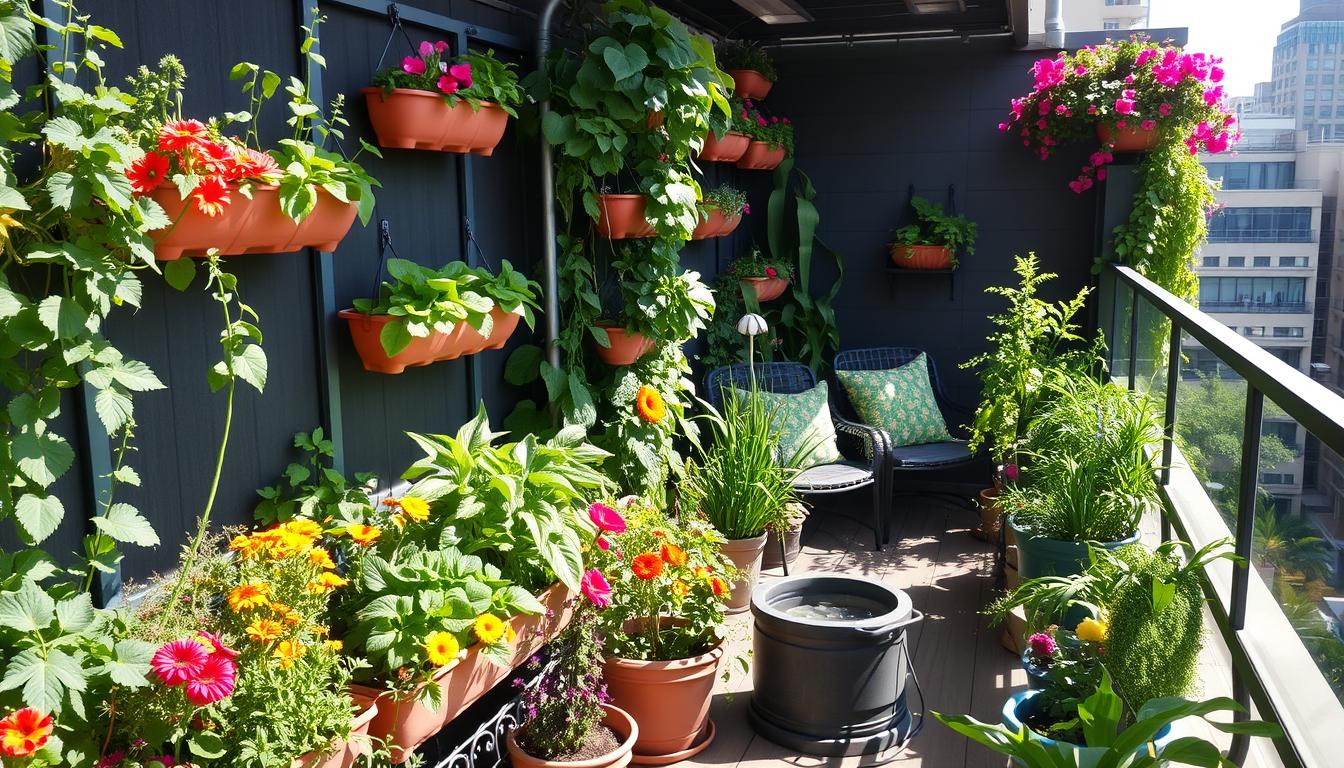Introduction
Creating a balcony vegetable garden is an excellent way to grow fresh produce in urban settings. Whether you have limited space or want to enjoy gardening as a hobby, a balcony garden offers a rewarding opportunity to cultivate healthy vegetables. This article covers everything from choosing the right plants to expert care tips, ensuring your balcony garden thrives.
Why Start a Balcony Vegetable Garden?
Balcony gardening transforms unused spaces into productive green areas. It provides fresh, organic vegetables right at your doorstep, reduces grocery costs, and promotes sustainable living. Studies show that urban gardening can improve mental well-being by connecting people with nature. Plus, it contributes to better air quality around your home.
Choosing the Right Vegetables for Your Balcony
Assess Your Space and Light
Before selecting plants, evaluate your balcony’s size and sunlight exposure. Most vegetables require at least 6 hours of direct sunlight daily. South-facing balconies typically receive ample light, while north-facing ones may need shade-tolerant varieties.
Best Vegetables for Balcony Gardens
- Leafy Greens: Lettuce, spinach, kale – fast-growing and space-efficient.
- Herbs: Basil, parsley, mint – compact and useful in cooking.
- Tomatoes: Dwarf or determinate varieties suit containers well.
- Peppers: Bell and chili peppers thrive in pots.
- Radishes and Carrots: Root vegetables that grow in deep containers.
Selecting vegetables that match your balcony conditions maximizes success and harvest.
Container Selection and Soil Preparation
Choosing Containers
Use containers with good drainage to prevent root rot. Options include:
- Plastic pots (lightweight and affordable)
- Terracotta pots (porous, improve aeration)
- Fabric grow bags (enhance root health)
Ensure containers are large enough for root development; for example, tomatoes need at least 12 inches in diameter.
Soil and Fertilization
Use high-quality, well-draining potting mix rich in organic matter. Regularly amend soil with compost or balanced fertilizers to replenish nutrients. Experts recommend slow-release fertilizers or organic options like fish emulsion to maintain soil fertility.
Watering and Maintenance Tips
Efficient Watering Practices
Vegetables in containers dry out faster than in-ground plants. Water consistently to keep soil moist but avoid overwatering which can cause diseases. Early morning watering reduces evaporation and fungal risks.
Pest and Disease Management
Common pests include aphids, spider mites, and whiteflies. Employ integrated pest management (IPM) strategies:
- Inspect plants regularly
- Use natural predators like ladybugs
- Apply insecticidal soaps when necessary
Maintaining cleanliness and proper airflow helps prevent fungal infections.
Maximizing Yield and Seasonal Care
Crop Rotation and Succession Planting
Rotate crops annually to prevent soil depletion and disease buildup. Practice succession planting by sowing new seeds as soon as one crop is harvested, ensuring continuous production.
Seasonal Considerations
Adjust plant choices and care routines according to seasons. In colder months, select cold-tolerant vegetables like kale and spinach or use portable greenhouses to extend growing seasons.
Conclusion
Starting a balcony vegetable garden is a fulfilling way to enjoy fresh produce and green space in urban environments. By selecting appropriate vegetables, using quality containers and soil, and following expert watering and maintenance practices, you can cultivate a thriving garden. Embrace balcony gardening as a sustainable lifestyle choice that enhances your health and well-being. Ready to transform your balcony into a productive vegetable oasis? Start today and watch your urban garden flourish!
